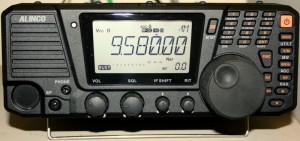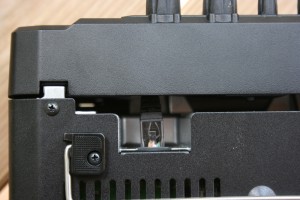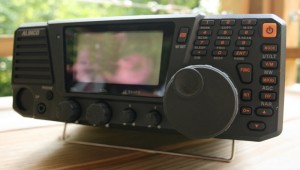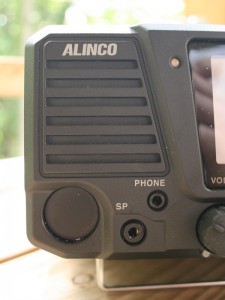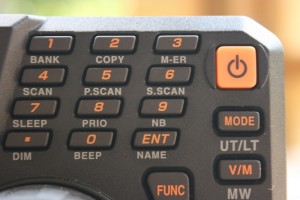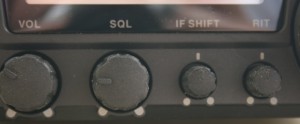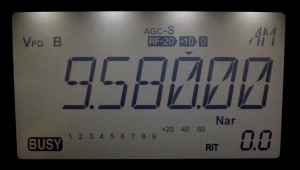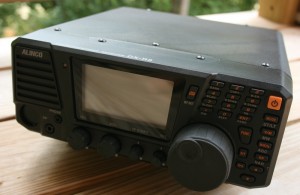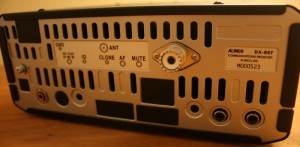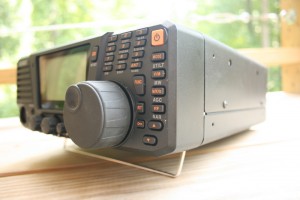 (Source: VON via Kim Elliott)
(Source: VON via Kim Elliott)
VON’s ultra modern transmission station launched
Lawan Hamidu, AbujaPresident Goodluck Jonathan has commissioned Voice of Nigeria’s (VON) ultramodern super transmitting station and its revolving antenna, located at Lugbe, Airport Road, Abuja.
President Goodluck Jonathan, represented by the Vice President, Namadi Sambo at the event, stated that the project was in line with Federal Government’s commitment to meet the 2015 global deadline for the digitization of the broadcast industry and international best practices.
Sambo said “We are today empowering the Voice of Nigeria to robustly project our international profile and make Nigeria heard positively and more widely around the world,” adding that “the transmitting station we are commissioning today is therefore aimed at making VON better able to meet its vital obligation of telling our story from our own perspective.”
The President noted that VON established in 1961, as an external arm of the then Nigeria Broadcasting Corporation, was in recognition of the critical role the country was playing in freeing other African countries from the shackles of colonialism.
“Nigeria understood in her early history that it needed an external voice to reach the world as the leader of Africa and to provide a platform for rallying African voices,” he stated.
President Jonathan, charged the management and staff of VON to as a matter of priority develop programmes that would make the Radio station the choice of listeners in and outside the shores of Nigeria.
He added that “You have the duty of helping to inculcate in all Nigerians abiding peace and pride in Nigeria and the knowledge that we all have a stake in ensuring that our strive towards sustained economic growth and development is not compromised by breaches of peace and security in any part of the country.”
Similarly, Dr. Jonathan assured that Government was committed to meeting its obligations to VON and other broadcast organisations.
“In keeping with my avid policy of expanding the political space and driving the ideals of democratic process, this administration is not interested in turning VON, or any government broadcast organisation into an uncritical mouthpiece for our policies,” he emphasised.
In his remarks, the Minister of Information, Mr Labaran Maku, called on President Jonathan to ensure the immediate completion of the second phase of the VON project.
He also appealed for additional funds for the nation’s information sector for the smooth execution of government transformation agenda.
The Minister said “Mr President what we now need is the second phase of this project, that second phase would mean the construction of two more transmitters and we don’t have those two transmitters we are going to have a heavy burden on the existing transmitters and this will not be good for this technology. So, we plead with Mr President that after this commissioning we will want Mr President to approve the immediate execution of the second phase of this project. The Information sector is need of infusion of funds to make us give Nigerians and Africans all over the world the best programmes.”
In his welcome address, the Director-General of VON, Abubakar Jijiwa, expressed optimism that the second phase of the project, when completed, would enable VON to embark on 24-hour broadcasting.
Alhaji Jijiwa solicited for Presidential intervention for the VON expansion projects which included the construction of two additional transmitters and antenna systems in line with global best practices and standards, construction of VON Abuja Broadcasting House as well as rehabilitation and upgrading of the ageing Ikorodu Transmitting Station.
Mal. Jijjiwa stated that “The second phase of this project needs be commenced urgently. It will comprise of two additional super power transmitters and one fixed and one rotatable antenna. When this is done and completed, VON would have the capacity for 24-hour broadcast and we can move this from our existing 18-hour broadcast and this would be the hall marks of simultaneous broadcasting which every external broadcaster hopes to achieve.”
The event included, the commissioning of three Super-Power Transmitters, three fixed and one rotatable antenna, the first in Africa and sixth in the World.
Voice of Nigeria, Nigeria’s external broadcast station is mandated to project Nigeria and Africa’s views to the world.
Located in Lugbe, a suburb of Abuja in the Federal Capital Territory, the transmitter has a rotating antenna, with the capacity of a hundred and fifty kilowatts and is powered by one thousand two hundred high tension generators.
New Digital Studio
On Monday, the Voice of Nigeria commissioned an ultra-modern digital studio in Abuja, as part of efforts to enhance its broadcast.
The new studio, commissioned by the Minister of Information, Mr Labaran Maku, is named after Mrs Stella Bassey, a seasoned broadcaster and former Deputy Director, Programmes of the Voice of Nigeria.
Commending Voice of Nigeria for its quality broadcasting, Mr Maku urged the radio station not to relent in its efforts to maintain world class broadcast standards.
The Director General of Voice of Nigeria, Mallam Abubakar Jijiwa said the station had a culture of rewarding hard work.
Mallam Jijiwa said the studio was named after Stella Bassey because of her immense contributions to the corporation and the country in the area of broadcasting.

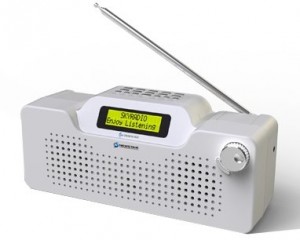
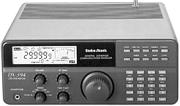
 (Source:
(Source: 